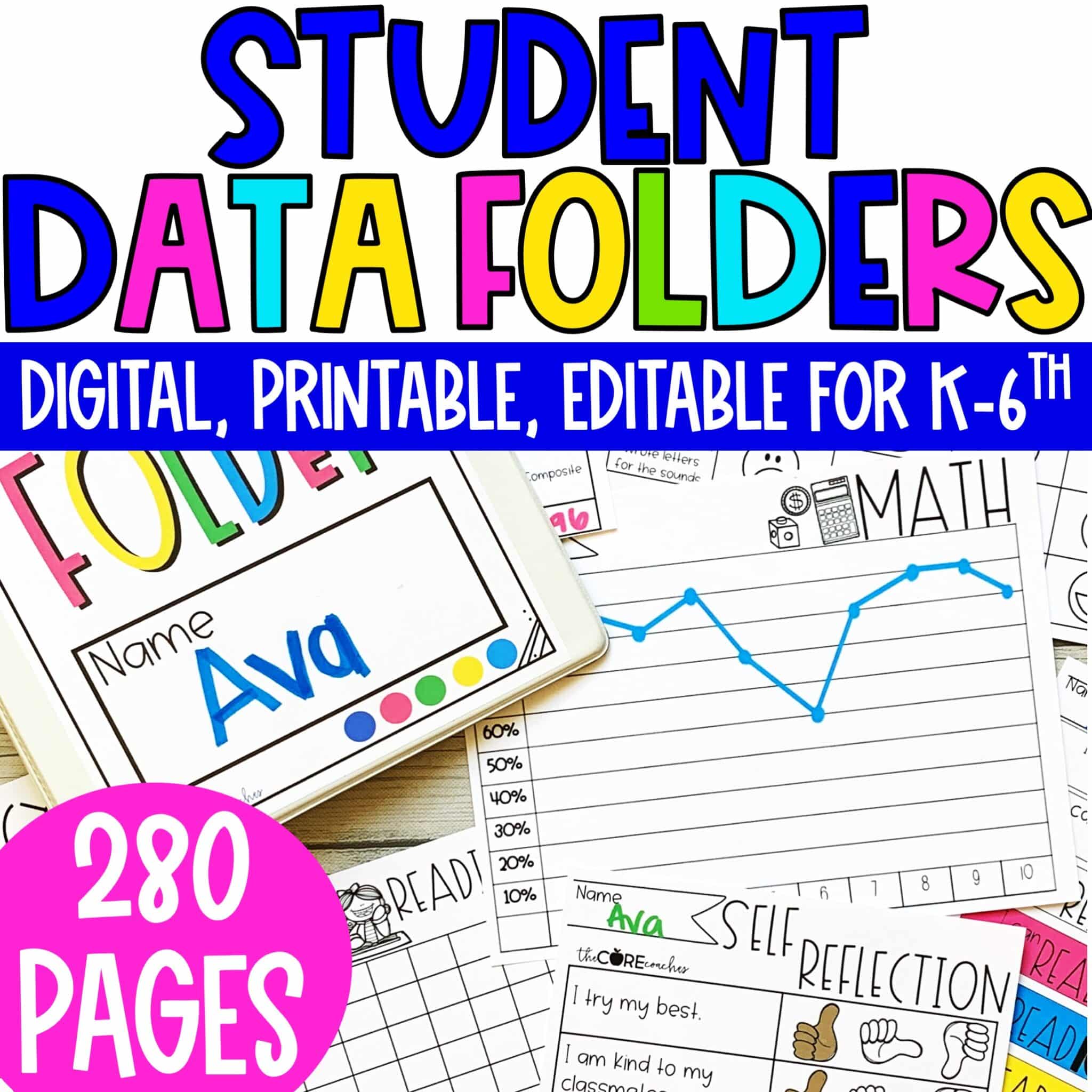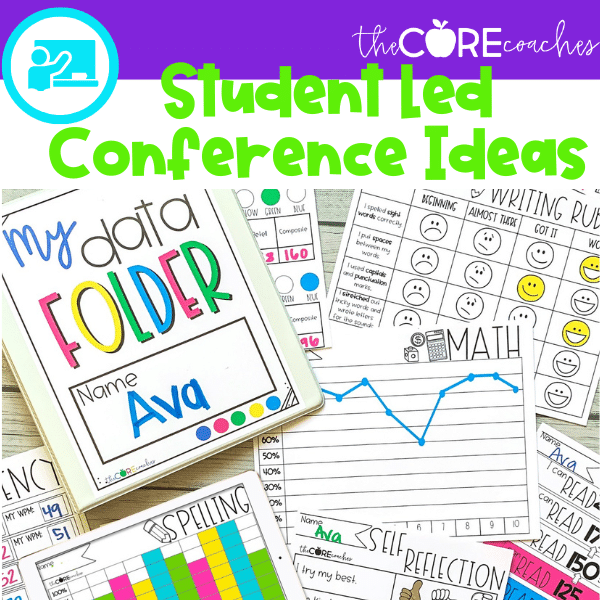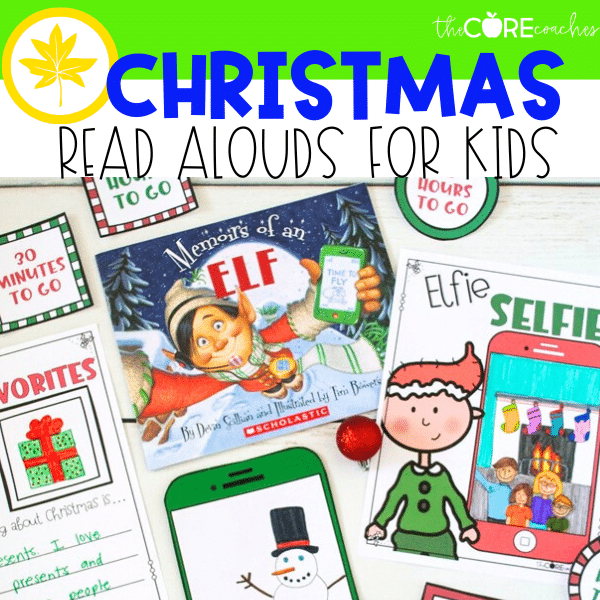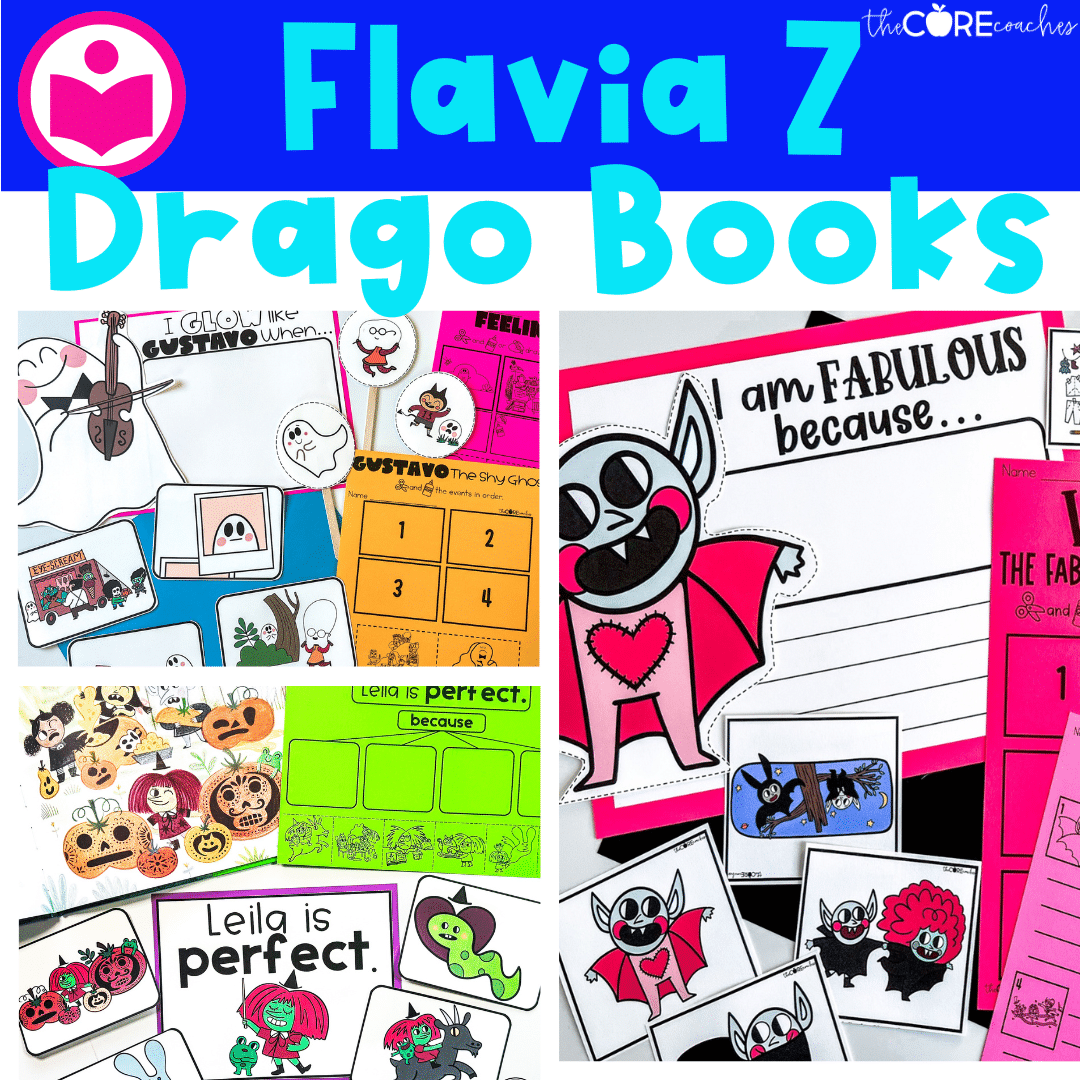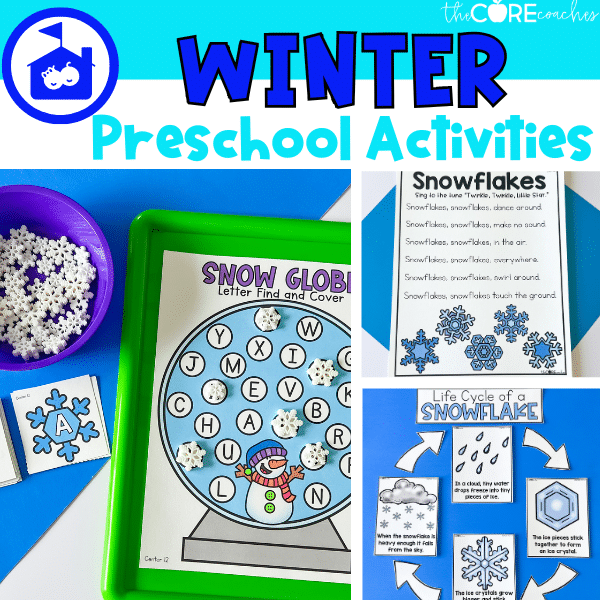As fellow educators, we know that student engagement is one of the most important aspects of learning. We also know that if students are not interested in learning it can lead to struggles with classroom management and student growth.
While hands-on learning activities can help create student engagement, they are not the only piece of the puzzle. One of the best ways to engage students in their learning is through student-led conferences. Keep reading to explore student-led conference ideas for every subject area and learn why they are important for student engagement.
Benefits of Student Led Conferences
Before we explore the various resources we have created to guide student-led conferences, let’s consider some of their additional benefits. As mentioned before, one of the main benefits of student-led conferences is student engagement.
Student led conferences create engagement by providing kids with a clear vision of their learning. Through conferences, they can see where their strengths lie in the classroom and where they need to improve. Moreover, by using data tracking sheets (like the ones below) students can see their growth!
This visual representation of growth is a huge benefit for students because it allows them to see their hard work paying off. This leads to another benefit of student led conferences – classroom management.
As educators, we have all experienced how students who are disengaged can quickly lead to class disruptions. While the lack of engagement can come from many different things, one that sometimes gets overlooked is lack of understanding.
If a student is lost in a lesson, they may start to cause disruptions. This could be a result of the student being bored because they are confused, a way for the student to feel like they are in control of a situation that feels frustrating, or a combination of these things. Whatever the reason may be, student led conferences can help!
As we have discussed, student led conferences provide kids with a clear path of learning. Moreover, these conferences allow students to set goals. These goals create investment in learning.
Therefore, in a scenario where a student may have turned to causing disruptions because they were lost or confused in let’s say, math – with a clear vision of their goals to improve their additional skills, they may be more invested in maintaining their focus.
Moreover, as a participant in these conferences, the teacher has a clear vision of each student’s skills and goals. Therefore, in the scenario above, both student and teacher could work together to support the student in making progress with their addition.
This is a quick and simple scenario of how student led conferences can benefit positive classroom management, but we know that you are here to see HOW to get these benefits! So, let’s get into all of the student led conference ideas below!
If you are looking for more information on how to develop an effective classroom management protocol, check out our Mastering Classroom Management Toolkit!
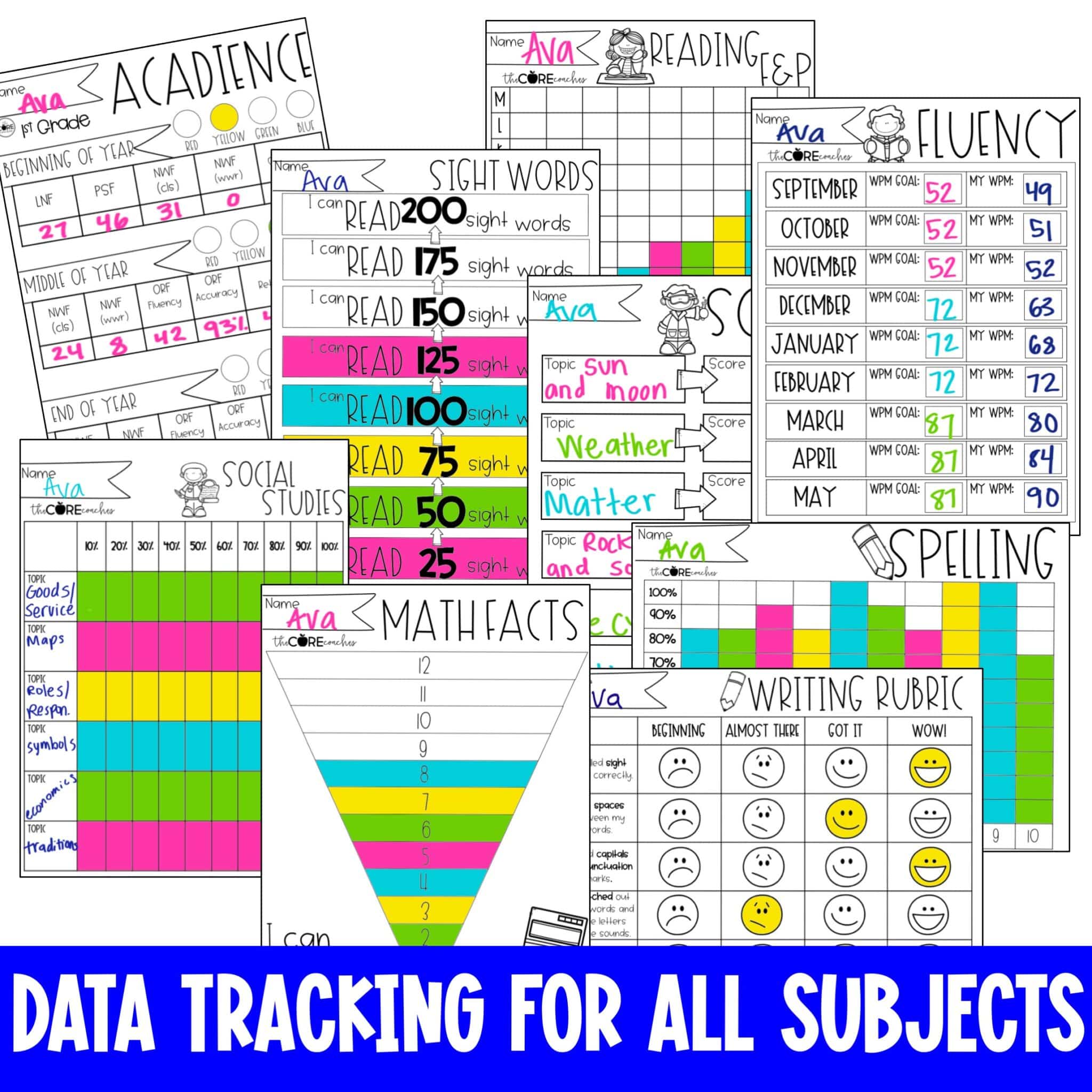
Student Led Conference Worksheets
While we used math as an example above, that is just one subject area where student led conference worksheets can be helpful. Data tracking sheets can be beneficial in ALL subject areas! This is why we created not just a single worksheet but an entire Student Data Tracking Folder for you.
This Student Data Tracking Folder provides templates for every core subject area. Therefore, giving students everything they need to create a clear and complete vision of learning for the school year.
Here is an overview of the worksheets included for each subject area:
- Math Cover Sheet
- Math Tracker
- Math Fluency Tracker
- Spelling Cover Sheet
- Spelling Tracker
- Sight Word Tracker
- Acadience Tracker
- Reading Cover Sheet
- Reading F&P Tracker
- Reading Fluency Tracker
- Social Studies Cover Sheet
- Social Studies Tracker
- Social Studies Tracker
- Science Cover Sheet
- Science Test Tracker
- Writing Cover Sheet
- Monthly Writing Sample Pages
- Monthly Writing Labels (to place on student writing samples)
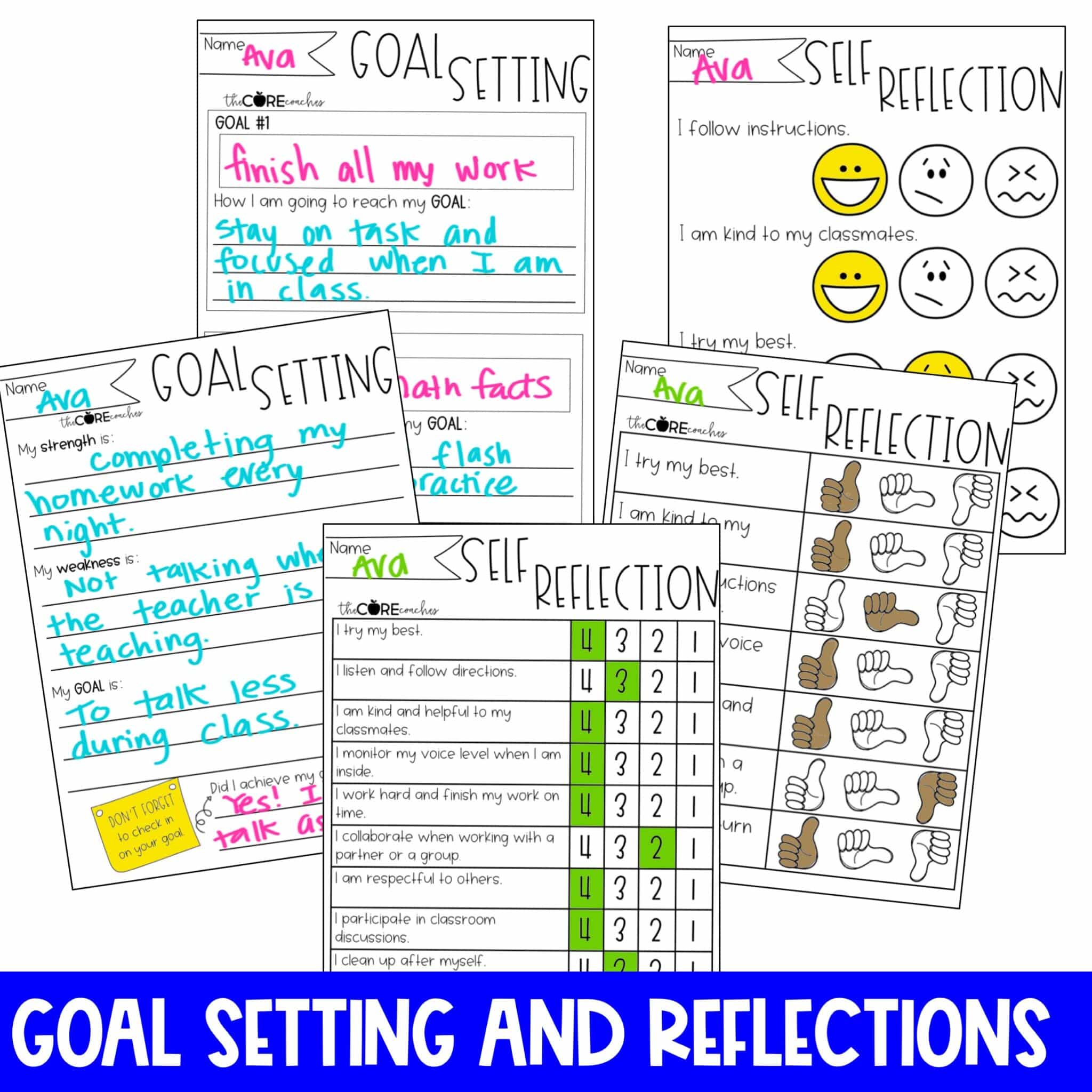
In addition to cover pages and tracking sheets for each subject area, this resource also includes the following worksheets:
- Folder Cover Page
- Teacher at-a-glance Trackers
- Self Reflection Sheets
- Goal Setting Sheets
All of these worksheets are available as Google Slides, printable, and editable PowerPoint Slides. This provides the teacher with several options on how to implement them.
As the teacher, you may decide to have each student create a data tracking folder that includes printable versions of each worksheet. These pages could be kept together in one binder or by subject in separate folders.
Moreover, while this folder has been designed to help students track their learning in all subject areas – as the teacher, you can choose which areas to focus on. Therefore, if social studies data is not a focus area for growth in your classroom, simply remove those sheets from the folder.
In addition, as the teacher you could choose to have students create a digital data tracking folder. You could use the Google Slides or editable Power Point slides that are provided to help students set up these digital folders.
Whether you choose a digital or printable approach, students will have access to all of their data in an organized way. This reinforces their investment in their learning and sharing their learning with teachers and family.
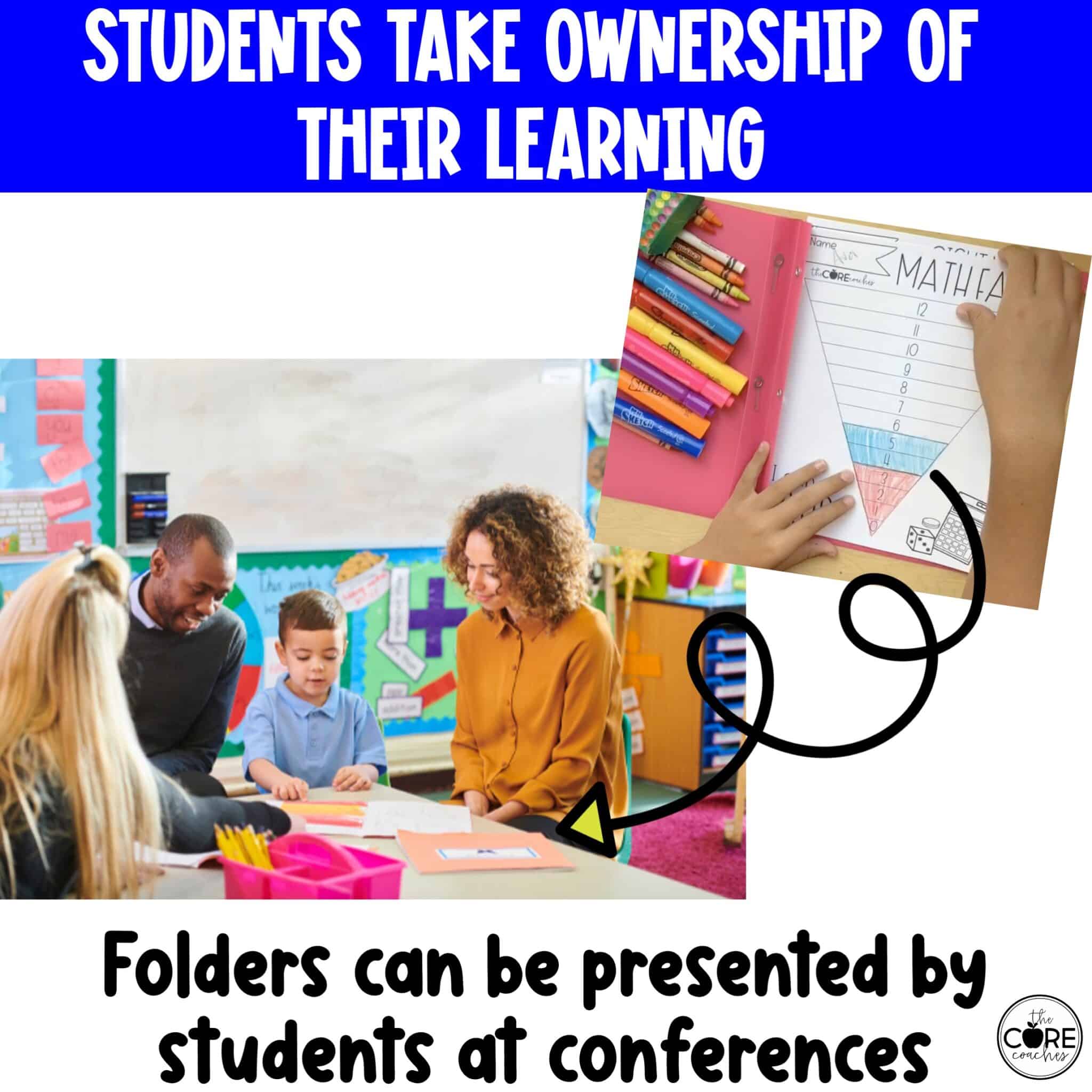
Student Led Conferences Checklist
Now that you have all of the worksheets needed to track student progress in each subject area, how do you go about implementing these in your classroom?
While each teacher may lead student led conferences in their own way, we created a simple checklist to outline the key steps we like to follow when implementing student led conferences.
- Prepare Resources: Prep is quick and easy with our ready to use data tracking folder. Simply print (or upload) the blank data pages at the beginning of the year Place the blank pages in a tangible binder or folder, or create digital folders for each student.
- Teach Students How to Use the Tracking Sheets: The tracking sheets are easy to follow and understand, but it will take some time to set up at the beginning of the school year.
We suggest introducing students to the tracking sheet for each subject area during the first few weeks of school. For example, the first time you do spelling for the year, have students set up their tracking sheet and explain how and WHY they will use it throughout the year.
- Determine Frequency: The only way for students to see the importance of tracking data is for it to become a regular part of their learning. Therefore, as you plan out your year, think about how and when you will use the data tracking sheets.
This may vary depending on the subject area. For example, students may use their spelling tracking sheet weekly at the end of each week’s spelling test. However, if you practice fluency every day, then students may track fluency on a daily basis. On the other hand, if you only track student progress in science every time you do a STEM challenge, then that data may be added only at the end of a STEM challenge every other week.
It doesn’t matter when you decide to track data or how frequently students track data, only that it is consistent!
- Create Routines: Part of consistency is having routines. So, if you decide students will track their spelling data after every spelling test – that becomes a routine on Fridays.
Frequency is only one part of the routine. The other part is how students will track their data. Using spelling as an example, you may create a routine where students first take their spelling test, second score their test as a class, and third add their score to their data tracking sheet. In addition, you may have students reflect on their progress and goals once a month (on the last Friday of the month).
Again, frequency and the steps in a routine will vary from subject to subject and teacher to teacher. The most important thing is once again to create consistency so that students feel invested in their learning.
- Schedule Conferences: In addition to creating a consistent schedule for tracking data, make a plan of when you want students to lead their conferences.
There are two different types of student led conferences to consider: teacher and student conferences and parent and student conferences. We encourage you to try and do both, if possible.
Teacher and student conferences can take place more regularly throughout the year. For example, you may have conferences once a month during small group learning to help students set goals and reflect on their progress. Once again, this is an area where it will benefit you and your students to make this a consistent routine – whether that is a meeting once a month or once a quarter.
In addition to having conferences between the teacher and student, it is quite beneficial to engage parents in these conferences as well. This further establishes the investment of the students when they have to share their goals and progress with their parents. Moreover, it creates investment from the parents in their students’ learning.
The most likely time to hold these conferences is during parent teacher conferences. Rather than you leading the conference from the teacher’s perspective, allow each student to lead their conference using the data they have tracked throughout the quarter.
- Teach Students How to Present Data: Having students present their data will most likely be a new experience for them. Therefore, it is important to help them practice how to share data in a meaningful way.
One way to do this is to begin the sharing process through the teacher and student conferences mentioned above. This allows students to get familiar with their data and how to present it to an adult so that they feel excited and confident to lead a conference with their parents.
In addition, students may also practice talking about their data by sharing it with peers throughout the year. A quick turn and talk where students reference one of their data points can be an easy way to engage students in speaking about their goals, reflections, and progress.
- Create Time for Reflection: Reflection has been mentioned a few times above and deserves its own highlight on the checklist because of how important it is in this process. If you look above at the worksheets provided in this resource, you will see self-reflection sheets.
These self reflection sheets are a key part of the student led conference experience because they help students prepare for sharing what they have learned. Students don’t need to reflect every time they add data to their tracking sheets, but they should be a familiar and consistent part of the practice. A great time to implement these would be before any conference (whether it is with the teacher or parents). This gives students time to think about their learning before they share; it also gives them time to think about their next steps and goals.
- Help Students Set Goals: In addition, this resource also includes goal setting sheets. Once again, how these are implemented will vary depending how student led conferences are set up in each classroom. Like the student reflection sheets though, they don’t need to be every day. We recommend using them following a reflection or during a conference. These goal setting sheets can be a great addition to the actual conference, allowing teachers and parents to support students in creating appropriate goals.
- Celebrate: While data mapped out in graphs and numbers may be exciting for adults, students are still kids and may need a little extra incentive to get excited! Therefore, we encourage you to celebrate student successes throughout the school year.
These do not have to be huge celebrations that take away from instructional time. They can be as simple as a sticker for reaching a certain goal! Choose what kinds of celebrations work best for your students and your resources.
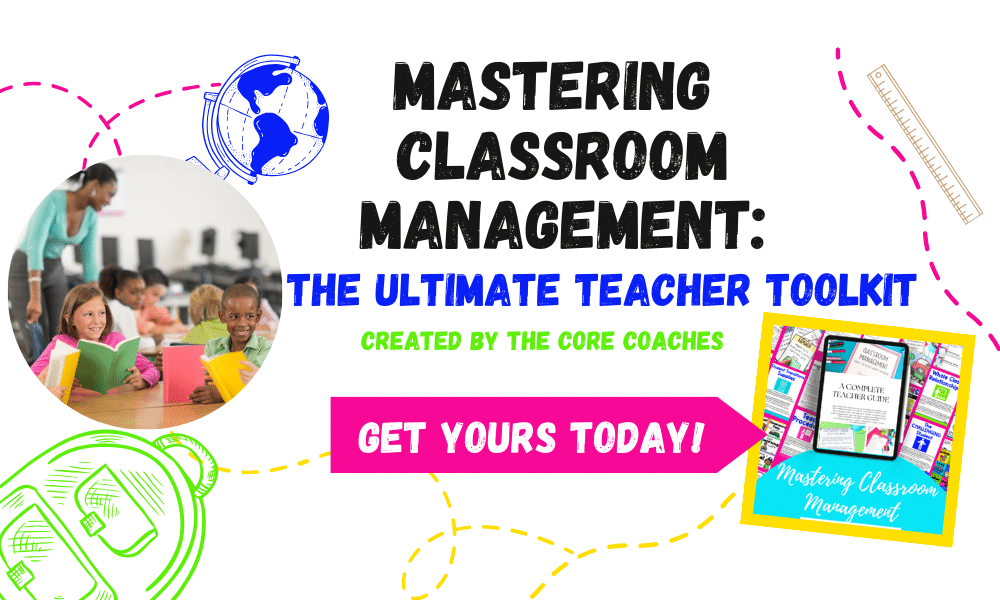
Again, student led conferences are one of the best ways to get kids excited about learning and invest in their education. So, we hope these ideas help to get your students excited about their learning and sharing their progress!
While student led conferences are one of the best ways to create a positive learning environment and effective classroom management, it is even more effectevie when used with other classroom management and community-building strategies! Below are some of our favorite resources that pair perfectly with this student led conferences resource.
